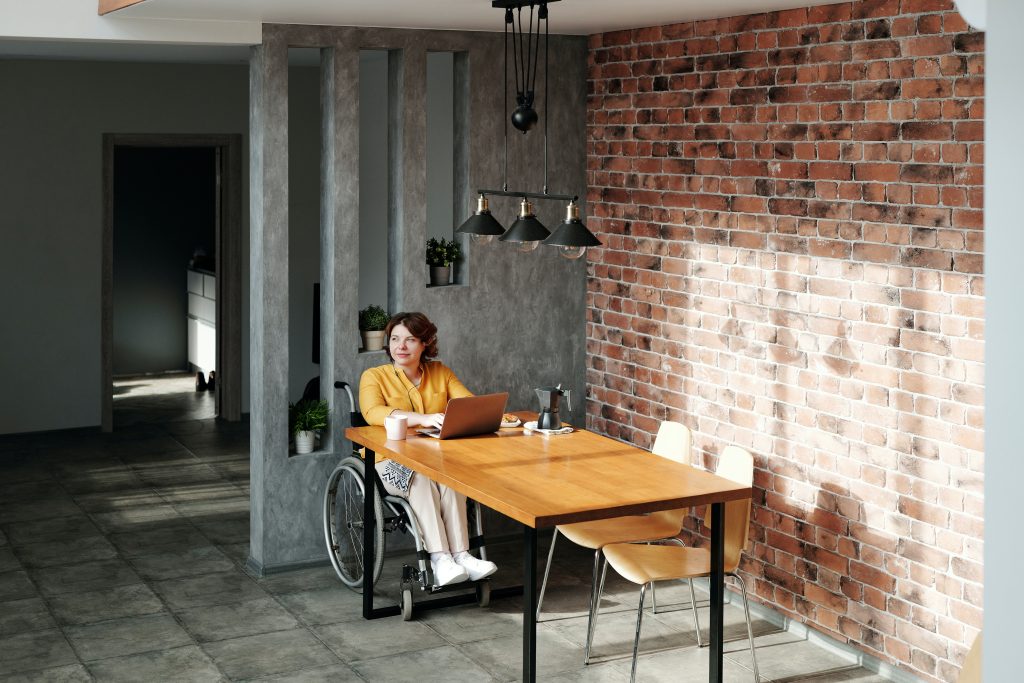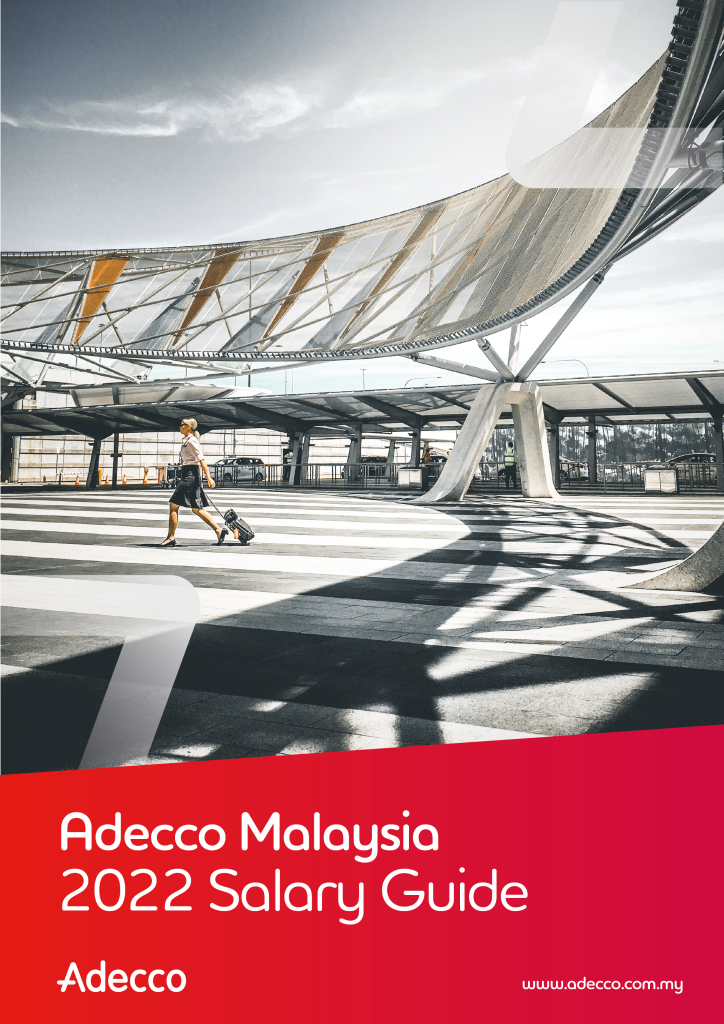Safe Return to Work
The COVID-19 pandemic has caused prodigious challenges to people and economies around the world. Stakeholders and the labour market needed to adjust to the new normal in the working world where physical distancing and other strict measures will need to incorporate to all work processes. This action is needed for a safe return to work. Here are some of the best practices on health and safety protocols that will be a great measure of certainty to workers and businesses.
Transport to Workplace
Workers must stay at home:
· if government authorities demand it
· if you feel sick or a member of your family is sick
· if you can work from home
If workers really need to travel to your workplace, they should consider the following:
· Always prefer personal transportation rather than public transportation if possible.
· If driving to work, treat your car like your home and keep it clean: cleaning areas such as the steering wheel, levers, GPS screen, keys, door handles, gear stick daily.
· If using a bus: stay five feet/1 metres away from other people. Do not touch surfaces and always keep your hands away from your face (create habits and reminders to avoid touching, keeping hand in your pockets). Stay focused on traffic conditions in order to protect yourself in the event of sudden bus braking.
· Carefully wash your hands as soon as possible upon leaving the bus and keep your hands away from your face.
Social Distancing at Work
1. Health status check
· Prior to entering the site, individuals must confirm that they do not have any symptoms such as fever, fatigue, cough or congestion.
· Propose a temperature check of all people entering.
2. Timing and shift pattern (1/2)
· Limit the number of people on site and at each work location.
· Control movements on site (limiting the possibilities for workers to gather, including personnel in construction hoists, site trailers or employers’ shuttle)
· Construction or productions sites should be separated as far as possible into zones, or by other methods, in order to maintain the physical separation of the different crews at all times. This promotes physical separation and helps to contain the spread of the virus, if it occurs. The number of people permitted in each zone and in facilities such as toilets or trailers should be limited to allow the recommended minimum physical distance. One-way stairs should be provided wherever possible to minimise contact further.
· Freight elevators should be operated/occupied by only one person at a time wherever possible, and in compliance with the minimum physical distance guidelines (1 metres/5 feet).
· Site teams are encouraged to propose split/alternative teams to avoid significant crossover.
· Physical remoteness will lead to a decrease in the number of staff at the work sites. In order to keep sites open, employers will need to adjust production schedules as the effects of physical remoteness are felt.
· A large internal communication process needs to be launched in order to show the purpose of the change and accompany it.
3. Timing and shift pattern (2/2)
· Schedules need to be reconsidered:
Þ Limit the number of workers to the minimum number needed, by staggering work schedules.
Þ Site and workspace remediation
Þ Site planning to facilitate an appropriate physical distance (1 metres/5 feet) between workers during shifts
Þ Mobility in the workplace and transport, including lifting operations
· Deliberate shifting of teams and the establishment of intervals between teams is strongly encouraged.
· Other arrangements shall be made, where appropriate, to prevent workers from crossing the minimum physical distance with other persons for prolonged periods of time.
· Working hours should be adjusted to allow time for proper cleaning and disinfection.
4. Meals and breaks
· Project teams should stagger breaks and lunch to minimise the number of people near each other.
· Meals should be limited to clearly identified eating areas, with hand washing stations, cleaning and disinfection facilities, and sufficient space to maintain a minimum physical distance.
· Small closed mobile canteens are only provided in case of bad weather for outside sites.
· In case of organised meals, they should not last more than 20 minutes. No face-to-face meal can be accepted.
5. Meetings
· No meeting with more than 15 people in the same room.
· Organising meetings in an outdoor space or a large space to allow physical distance.
· The list of people in the meeting must be tracked and stored.
· No meetings with people who come back from other countries.
· No meetings with people with symptoms of COVID-19 including fever and dry cough.
· All people in the meeting should wash their hands (soap + paper or hydro-alcoholic solution) before the meeting and after one hour.
· Maintain at least 1 metre (5 feet) distance between yourself and anyone.
· Increase ventilation by opening windows or adjusting air conditioning (in to out).
· No physical meetings outside usual workplace locations while keeping other in person meetings to absolute minimum.
Cleaning and hygienic behavior
Employers should consider implementing the procedures below help to slow the spread of COVID-19.
· All places should put in place sanitiser products (or if that is not possible soap + water + paper towels).
· Soap and paper towels should be made available in all toilets (do not use hand dryer).
· Surfaces (e.g. desks and tables) and objects should be wiped regularly with disinfectant.
· Ensure staff, contractors and customers have access to places where they can wash their hands and promote regular and thorough hand washing by employees, candidates, contractors and customers.
· Put sanitizing hand rub dispensers in prominent places around the workplace. Make sure these dispensers are regularly refilled.
· Promote good respiratory hygiene in the workplace.
Knowledge management
· Employers should make sure everyone working under its control (including Agency Workers, Contractions, Suppliers) are aware of the COVID-19 plan. People who are also working under the organisation should be aware of their contribution to the effectiveness of the COVID-19 plan.
· Agency Workers should receive from their employers all needed dedicated information on order to be totally aware of the Basic Protectives Measures.
· Ensure a strong and visible display of instructions.









